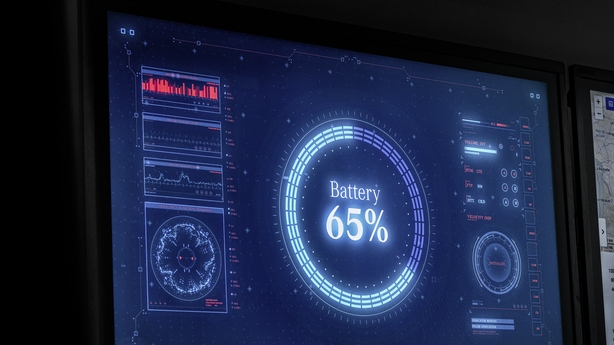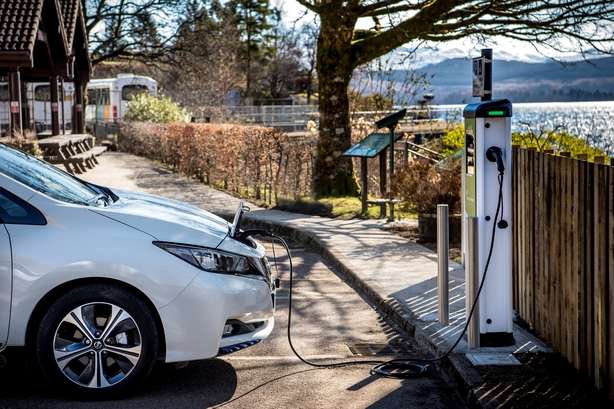A new survey shows that more than a quarter of potential new car buyers are considering going electric in 2023 but purchase price, public charging and vehicle range remain strong disincentives.
The Easytrip tolling and parking services provider survey results show that 34% of motorists are considering the purchase of a new vehicle this year, with hybrids being the main choice at 39%, followed by electric at 27%, diesel at 23% and petrol at 9%.
Of the 5,000 respondents to the survey, 83% said that they don't believe that Ireland will reach the target of 945,000 electric vehicles by 2030 and highlighted what they perceived to be the top five barriers to driving an EV as:
- Purchase price
- Public charging network
- Driving range of vehicles
- Length of charging time
- Increase in cost of electricity

When asked about the main benefits of driving EVs the following were revealed as the top five reasons to purchase one:
- Low running costs
- Better for the environment
- Cost savings over time (fuel, maintenance, motor tax)
- Government purchase grants for EVs
- Public charging network
One in six respondents to the Easytrip survey also highlighted that recent climate change reports are influencing their vehicle purchasing and selling decisions.
The survey results would suggest that many potential buyers would like to go electric but have some well-founded reasons for not doing so. Electric cars are expensive but people are being encouraged to think long-term in relation to the low running and maintenance costs. For many, however, it’s simply not financially feasible.
Last year electric car sales were up by 81% on the previous year and this increase leads to pressure on public charging points, especially fast charging points, the development of which are not currently keeping up with demand from new EV buyers.

"The network is already coming under pressure because more and more of us are using it. You’ve got a lot of people sitting on destination chargers because they don’t have home chargers, and you’ve got a lot of people that are in EVs that are suffering really significant range anxiety, EY’s head of sustainability, Stephen Prendiville recently told the Irish Times.
'So the idea of just charging to 80 per cent and then leaving the show is something that they’re not capable of doing. Yet. We’re going to start experiencing a lot of what we’re calling in more mature markets, queueing anxiety, and we’re going to find that the rules … have to get a lot more clear’, he added.
A Society of the Irish Motor Industry report last year predicted queueing anxiety as an issue. The report’s co-author, Arup’s Terry Lee-Williams, said: "Confidence of buyers that they can charge their car when they want to will largely determine the speed of consumer adoption, so government must stimulate charger availability ahead of people buying vehicles, until the market matures."
On the issue of range, many drivers have discovered the difference between a manufacturer’s claimed range and the range they achieve in real world conditions can vary significantly. Many are also unaware of the factors that can deplete a battery quickly, thus reducing its range. These include driving at motorway speeds over 100 KPH, cold weather, the use of equipment such as fog lights, heaters, de-misters and entertainment systems.


